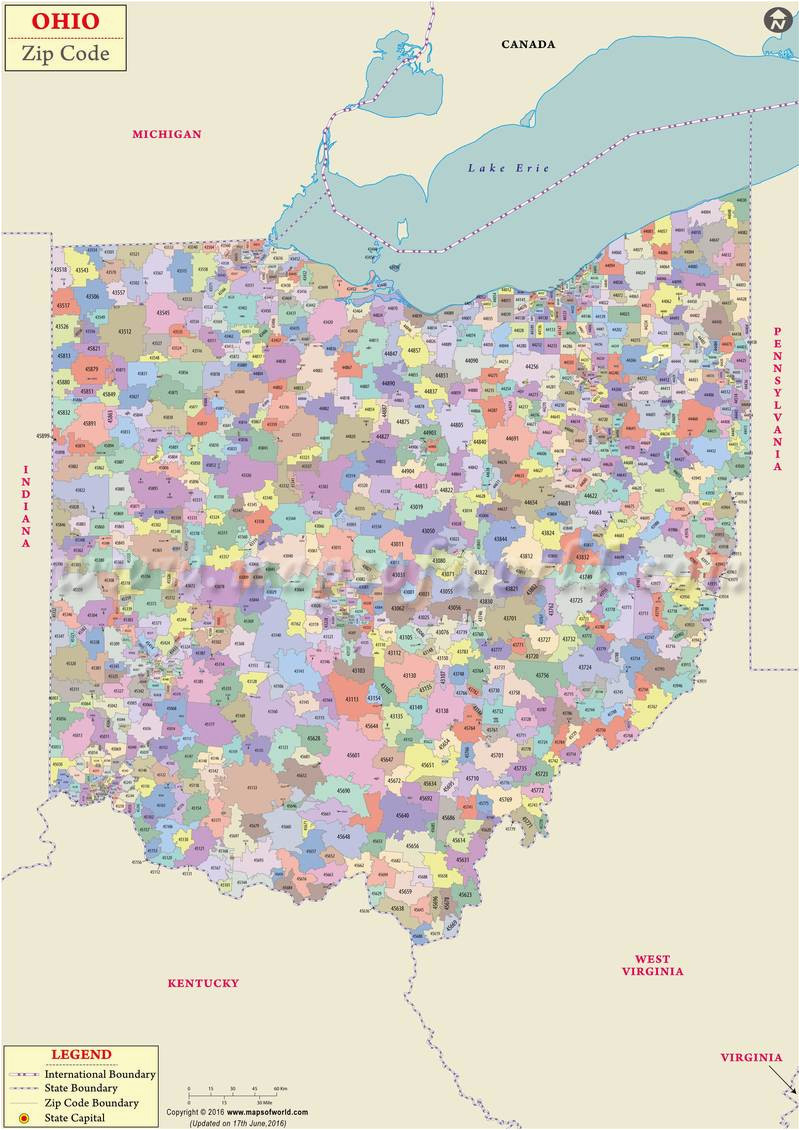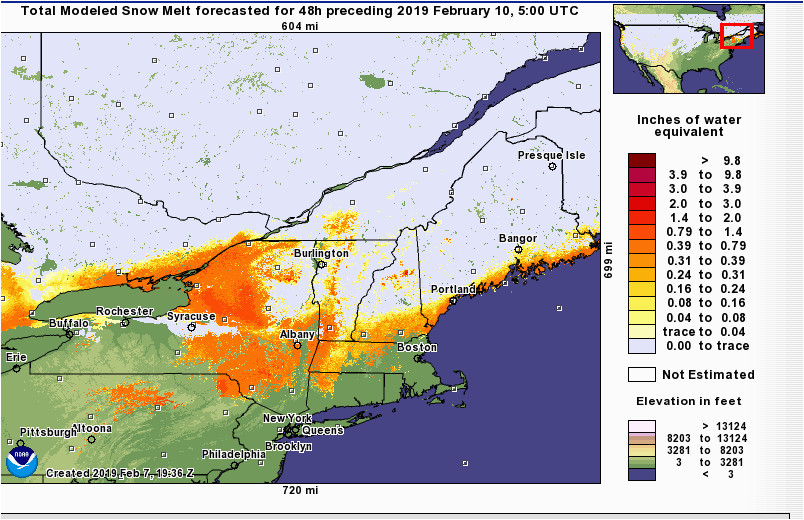Franklin County Snow Emergency Level Ohio: What You Need To Know
When winter rolls in, the phrase "snow emergency" becomes more than just a weather warning—it's a call to action for residents of Franklin County, Ohio. Whether you're a long-time resident or new to the area, understanding the Franklin County snow emergency level is crucial for staying safe and prepared during harsh winter conditions. So, buckle up and let's dive into the nitty-gritty of what this really means!
Winter in Ohio isn't just about snowflakes and cozy sweaters; it’s about safety. The snow emergency levels are designed to keep people safe and ensure emergency vehicles can navigate roads during severe weather. This isn’t just a guideline—it’s a lifeline for communities in Franklin County.
Let’s break it down. Knowing the ins and outs of snow emergencies can save you from unnecessary stress, fines, or even worse, accidents. So, if you’ve ever wondered what happens when a snow emergency is declared, you’re in the right place. We’re about to spill all the tea on Franklin County’s snow emergency levels.
Read also:Modesto Newspaper Obituaries Your Ultimate Guide To Remembering Lives
Understanding Snow Emergencies in Franklin County
First things first, let’s talk about what exactly a snow emergency entails in Franklin County. It’s not just a fancy term thrown around by meteorologists; it’s a real deal that affects everyone living in the area. A snow emergency means that road conditions are deteriorating, and officials need to ensure public safety by clearing roads and minimizing traffic.
Here’s the deal: When a snow emergency is declared, it’s like the county is saying, "Hey, it’s snowing big time, and we need you to cooperate to keep everyone safe." There are different levels, each with specific instructions for residents and drivers. Pay attention because ignoring these rules can lead to hefty fines or worse—putting yourself and others at risk.
Why Do Snow Emergencies Matter?
It’s not just about the inconvenience of having to move your car or stay off the roads. Snow emergencies are a critical component of disaster preparedness. They’re all about minimizing risks during severe weather conditions. Think about it—emergency vehicles need clear paths to respond to accidents, medical emergencies, or fires. If roads are blocked with abandoned cars or reckless drivers, those precious minutes could mean the difference between life and death.
Plus, snow emergencies help prioritize snow removal efforts. The county can’t just tackle every street at once, so these levels help direct resources to the most critical areas first. It’s all about efficiency and safety, folks.
Franklin County Snow Emergency Levels Explained
Alright, let’s get into the juicy details. Franklin County has a three-level snow emergency system. Each level has its own rules, so it’s important to know what to do when each one is declared. Here’s the lowdown:
Level 1: Drive Carefully
This is the mildest of the three levels. A Level 1 snow emergency means road conditions are hazardous, but you’re still allowed to drive. However, the county is urging you to be extra cautious. Roads might be slick, and visibility could be reduced. So, if you don’t absolutely have to go out, it’s probably best to stay home and binge-watch your favorite show.
Read also:Unveiling The Age Of Jim Shockey A Comprehensive Dive
Level 2: Only Essential Travel
Things are starting to get serious. A Level 2 snow emergency means road conditions are really bad, and you should only drive if it’s absolutely necessary. This is when you need to think twice about that trip to the grocery store. If you’re not an essential worker or don’t have an urgent reason to be on the road, it’s best to stay put. Trust me, your car will thank you for not subjecting it to those snowy streets.
Level 3: No Travel Permitted
This is the big one. A Level 3 snow emergency means no one should be on the roads unless it’s a life-or-death situation. This is when the county is pulling out all the stops to clear the roads and ensure safety. If you’re caught driving during a Level 3, you could face serious fines or even legal trouble. So, unless you’re a first responder or have a genuine emergency, stay off the roads!
What to Do During a Snow Emergency
Now that you know the levels, let’s talk about what you need to do when a snow emergency is declared. Here’s a quick rundown:
- Check the news: Stay updated with local news and weather reports to know the current snow emergency level.
- Park your car wisely: If a Level 2 or 3 is declared, make sure your car isn’t blocking snow removal efforts. Some areas might require you to move your car to designated parking zones.
- Stock up on supplies: Before the snow hits, make sure you have enough food, water, and essentials to last a few days in case you can’t leave your home.
- Charge your devices: You don’t want to be stuck without power and a dead phone. Keep your devices charged and have backup charging options ready.
Staying Safe at Home
When the snow gets serious, staying safe at home is your best bet. Make sure you have a reliable heating source and enough blankets to stay warm. If you have pets, bring them inside and make sure they have access to fresh water. And remember, if the power goes out, use caution with generators or candles to avoid fires.
Common Misconceptions About Snow Emergencies
There are a few myths floating around about snow emergencies, and it’s time to set the record straight. Here are some common misconceptions:
- Myth: Snow emergencies are just suggestions. Nope! Snow emergencies are enforceable rules. Ignoring them can lead to fines or other consequences.
- Myth: I can ignore a Level 3 if I’m a good driver. Wrong! Even the best drivers can’t handle extreme snow conditions. Stick to the rules for everyone’s safety.
- Myth: Snow emergencies only affect certain areas. While some neighborhoods might see worse conditions than others, snow emergencies apply county-wide.
Why These Misconceptions Can Be Dangerous
Believing these myths can put you and others at risk. Snow emergencies are designed to protect everyone, so it’s important to take them seriously. Don’t let misinformation lead you to make dangerous decisions during a snowstorm.
How Franklin County Prepares for Snow Emergencies
Behind the scenes, Franklin County has a well-oiled machine in place to handle snow emergencies. They invest in snowplows, salt trucks, and other equipment to ensure roads are cleared as quickly as possible. Plus, they have a team of dedicated workers who work around the clock during severe weather.
But it’s not just about the gear. The county also relies on advanced weather forecasting technology to predict storms and plan accordingly. This helps them declare snow emergencies at the right time, minimizing disruption to residents’ lives.
Community Efforts
Residents also play a big role in preparing for snow emergencies. From shoveling sidewalks to checking on elderly neighbors, community efforts can make a huge difference. It’s all about coming together to support each other during tough times.
Historical Snow Emergencies in Franklin County
Franklin County has seen its fair share of snow emergencies over the years. Some of the most memorable storms have caused widespread power outages, school closures, and even road closures. Learning from past events helps the county improve its response strategies for future emergencies.
For example, the Blizzard of [Year] was a wake-up call for many residents. It highlighted the importance of having an emergency kit and staying informed during severe weather. These lessons continue to shape how Franklin County approaches snow emergencies today.
Lessons Learned
Every snow emergency teaches us something new. Whether it’s improving communication systems or enhancing snow removal techniques, the county is always looking for ways to better serve its residents. And as the climate continues to change, preparing for more intense storms will become even more critical.
How You Can Help During Snow Emergencies
As a resident, there are plenty of ways you can contribute to the community during snow emergencies. Here are a few ideas:
- Volunteer: Many organizations need extra hands during severe weather. Consider volunteering to help with snow removal or deliver supplies to those in need.
- Check on neighbors: Elderly or disabled neighbors might need extra assistance during a snowstorm. A simple phone call or visit can make a big difference.
- Spread awareness: Share information about snow emergencies on social media to keep your friends and family informed.
Building a Resilient Community
When everyone pitches in, we create a stronger, more resilient community. Snow emergencies might be a pain, but they also offer an opportunity to come together and support one another. Let’s make the most of it!
Conclusion
So, there you have it—the scoop on Franklin County snow emergency levels in Ohio. Whether it’s a Level 1, 2, or 3, knowing what to do and how to prepare can make all the difference. Stay informed, stay safe, and don’t forget to look out for your neighbors.
Now, here’s where you come in. Share this article with your friends and family to help spread the word. And if you have any questions or tips about surviving snow emergencies, drop them in the comments below. Let’s keep Franklin County safe and prepared, one snowstorm at a time!
Table of Contents
- Franklin County Snow Emergency Level Ohio: What You Need to Know
- Understanding Snow Emergencies in Franklin County
- Why Do Snow Emergencies Matter?
- Franklin County Snow Emergency Levels Explained
- Level 1: Drive Carefully
- Level 2: Only Essential Travel
- Level 3: No Travel Permitted
- What to Do During a Snow Emergency
- Staying Safe at Home
- Common Misconceptions About Snow Emergencies
- Why These Misconceptions Can Be Dangerous
- How Franklin County Prepares for Snow Emergencies
- Community Efforts
- Historical Snow Emergencies in Franklin County
- Lessons Learned
- How You Can Help During Snow Emergencies
- Building a Resilient Community
- Conclusion


